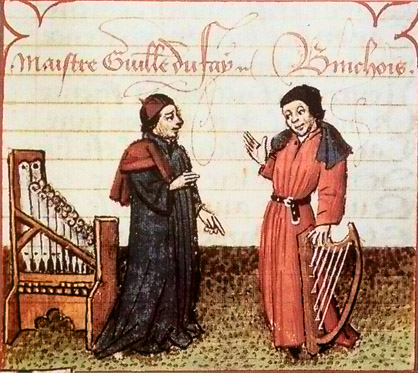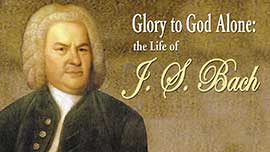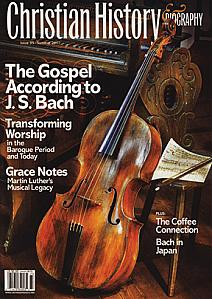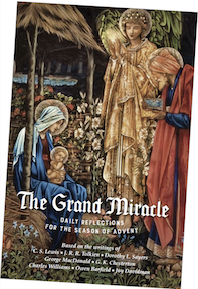DUFAY WAS THE BEST-KNOWN CHURCH COMPOSER OF HIS DAY

[Above: Guillaume Du Fay (left), with Gilles Binchois (right) in a c. 1440 Illuminated manuscript copy of Martin le Franc's Le champion des dames—Gallica Digital Library digital ID btv1b525033083/f201 / Wikimedia File:DufayBinchois.jpg]
THE BEST KNOWN COMPOSER of the fifteenth century Renaissance was Guillaume (William) Dufay. Born around 1397 in Cambrai, Burgundy (now in Northern France), Dufay was one of the leading musicians of his day, serving princes and popes.
His first appearance in musical history was as a singer in Cambrai’s cathedral. Later, he became a priest and sang in the prestigious papal choir. From 1420 on, he acquired various benefices (incomes) from the church, holding positions for which he did not perform the duties. This was a common practice at the time, although frowned upon by those who wanted to reform the church. Dufay became moderately well-to-do.
Having learned to write skillful and lively music, he was in demand in courts throughout Europe. He seized on a new style developed by Englishman John Dunstable, so much so that a contemporary poet said he followed Dunstable “aright” to make music “gay and bright.” This style broke from the fifths and octaves common in medieval music to emphasize the third and sixth notes of the scale. Dufay’s music was by no means all for the church—he also composed love songs.
Another Englishman, Leonel Power, organized the movements of a mass around a plainsong theme. Dufay did something similar when he had a tenor carry the main theme with other voices singing melodies above or below it. One of his most famous masses is organized around the tune of his secular love song “If My Face Is Pale” and is named for it—Missa Se la face ay pale. Another famous mass, Missa L’homme armé was written in friendly competition with a famous contemporary, Johannes Ockegham, for a 1461 gathering to discuss launching a crusade after the fall of Constantinople. The crusade never materialized but the two masses still are performed.
Dufay’s church works included hymns such as “Christe Redemptor Onmium” ("Christ, Redeemer of All") and motets like “Ecclesie militantis” (written for the coronation of pope Eugenius). Motets are vocal compositions on Scriptural or church texts composed in a polyphonic style (that is with two or more melodies intertwined), to be sung in church services.
His works soon faded into obscurity, although Cambrai’s musicians continued to perform some of them. Still, writers on musical theory often mentioned Dufay with appreciation. And Josquin des Prez showed his influence in some early pieces. Centuries later, historians of music uncovered and revived Dufay’s works, recognizing him as one of the greatest composers of his generation.
Dufay ended his musical career at Cambrai where it had begun. Earlier he had written a composition titled Hail, Queen of Heaven, which he modified to allow insertion of appeals that he hoped to have the Cambrai choir sing over his dying bed after the last rites were administered to him. “Have pity on thy dying Dufay and let him not be cast into the burning fire,” and a plea that the gates of heaven be opened to him, “the weak one.” To Protestants this supplication seems tragically misplaced. As it turned out, when Dufay entered the throes of death on this day, 27 November 1474, performers could not be mustered in time. A choir performed his request at his burial a few days later.
—Dan Graves
--------
Dufay was the best-known church composer of his day, but Bach is probably the best-known of all time. Watch Glory To God Alone: Story of J.S. Bach at RedeemTV
Glory to God Alone: Life of J.S. Bach and Joy of Bach can be purchased at Vision Video.
----- ----- -----
Learn more about him and his marvelous Christian music in Christian History #95, The Gospel According to J. S. Bach
Contemplate the story of the Incarnation day-by-day throughout the season of Advent in our latest publication, The Grand Miracle. Based on the writings of C. S. Lewis, J.R.R. Tolkien, George MacDonald, Dorothy Sayers, and others, each day’s reading offers a fresh look at the birth of Christ through the eyes of a modern author. Scripture, prayer, and full-page contemplative images complete each entry. 28 days, 64 pages. Preview the Devotional here.









